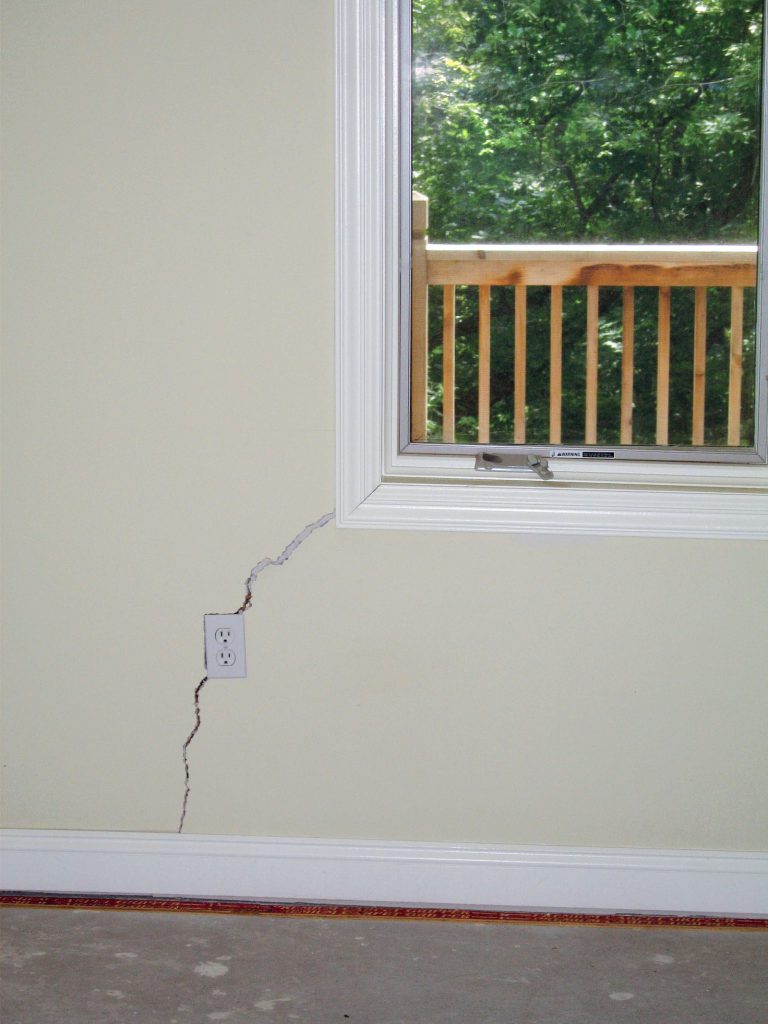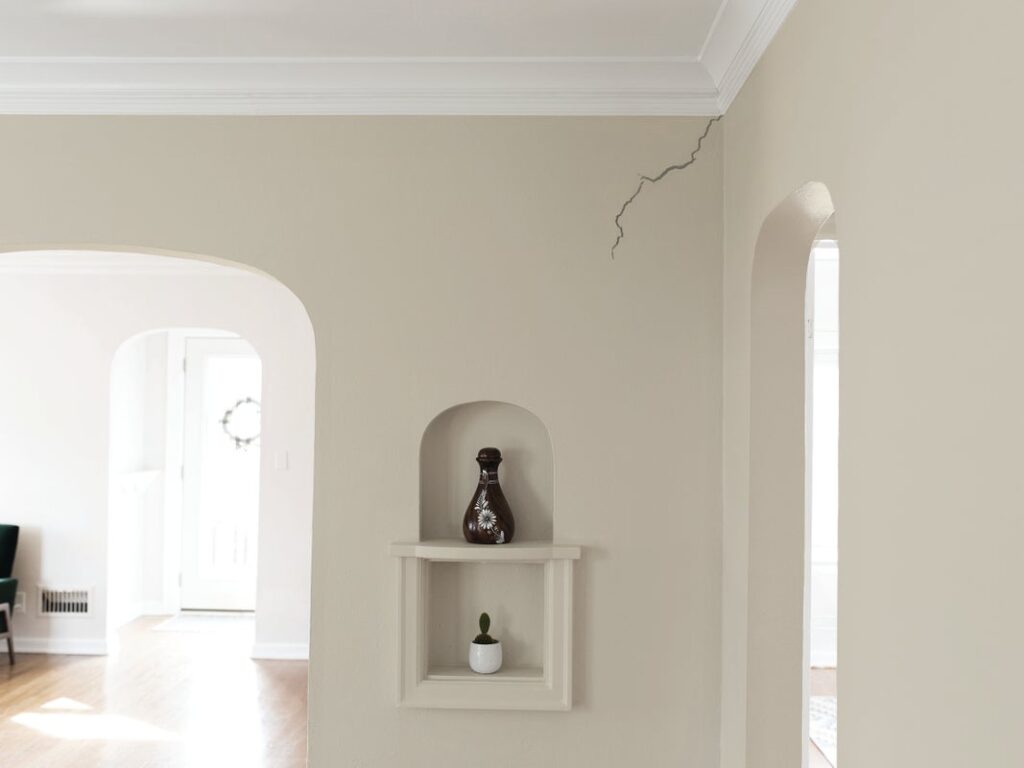You might have noticed cracked walls in your home, even if it’s a newer build! Cracked walls in your home are a common occurrence. This issue might be accompanied by other home issues and can be caused by several factors. Here is your quick guide to cracked walls and home foundation.

Why do I have cracked walls?
New home or faulty drywall
If your home is a new build, a hairline crack could be a result of the new home settling into position or building materials reacting to the climate. A hairline crack in a new home could also be a result of bad drywall installation.
These are not serious concerns and can be easily fixed.
Gradual settling
As your home ages, you can expect gradual wear and tear such as minimal settling. Minor settling is not a major concern but can result in weak areas and cracks near doors and windows.
Vacant home
Homes that have been vacant or holiday homes are prone to hairline cracks. This is because for long periods of time, the home is not climate controlled and the drywall can crack slightly.
Leakage
If the cracks in your home show discolouration or staining, then you might have water damage. If this is the case, then you need to locate the leak source to repair it.
Foundation issues
Cracks in your walls, ceiling, floors, and exterior can also be the result of damage to your foundation. If these cracks are spreading, or getting larger, then it is time to have your home checked by a foundation professional.

Should I be concerned about my cracked walls?
It is important to identify whether these cracks are easy fixes or signals of serious structural problems.
Hairline Cracks
If the cracks in your walls can be less than a couple milimeters wide and are generally not a cause for concern. If the hairline cracked in your walls are not growing after a year, they can be filled and painted over as a repair.
Large Cracks
A more serious crack can be anywhere between 1/8 inch wide to more than 1.5 inches wide. If you have tried repairing and the cracks persist and grow, you might want to keep an eye out for more signs of large crack concern:
- Cracks that are wider than 0.5 cm
- Cracks throughout your home and on several stories
- Interior wall cracks and exterior wall cracks
- Extra long or horizontal cracks
- Cracks extending from corners of doors or windows
All of these large cracked wall signs can signify structural damage or subsidence (sinking foundation). In this case, it is time to have your home assessed by a professional.
What to do about your cracked walls
While hairline cracks are not immediate concerns, it is always best to continue monitoring. If you’re noticing cracks in walls worsening, migrating, and showing up in several locations, this could be a sign of structural or foundation concerns.
As a homeowner, your home’s structural integrity plays a key role in the overall price value and your quality of life. It is best to seek professional advice in case of foundation (structural) issues.
Do I have foundation issues?
Here are the most common signs of foundation issues:
- Cracks in your floors or concrete slabs
- Sticking doors and windows
- Sloped floors
- Cracks in your foundation
- Chimney separation from the home
If you suspect that your home might have foundation or structural issues, get in touch with our team at True Level Concrete. Our friendly advisors will undergo a free estimate where they assist in determining the causes of your cracked wall issues, assess your home’s foundation, and present a quote for the most effective restoration and repairs.
Foundation issues don’t get better over time, they only get better with repairs. The sooner you address your cracked walls, the cheaper and easier your repairs will be. Preserve your home’s value and prevent issues from worsening, get in touch with our team today.
